Open banking is transforming the financial services sector by providing consumers with greater control over their financial data and facilitating the reshaping of financial products and services. This innovative approach offers numerous benefits to consumers, businesses, and the economy as a whole.
Why Is Open Banking Important?
The significance of open banking lies in its ability to democratize access to financial data and enhance transparency. Consumers gain greater control over their financial data, allowing them to make more informed decisions between various financial service providers. This system enables the personalization of financial services and improves customer experiences.
Services Offered and Who Can Use Them
Small and medium-sized enterprises (SMEs) and individual consumers actively use open banking services. These services include automating financial transactions, simplifying accounting tasks, and enriching customer service experiences, addressing various needs effectively.
How Does Open Banking Work?
Open banking operates through APIs (Application Programming Interfaces) that enable secure sharing of financial information. Customers can actively manage and control which data is shared with which providers, ensuring a more transparent and efficient use of financial services. This capability fosters greater transparency and access within the financial sector, allowing for improved service delivery tailored to customer needs.
Is Open Banking Secure?
Open banking employs advanced security protocols to ensure secure financial transactions. These protocols help minimize fraud and theft while safeguarding users’ financial data. Enhanced security measures contribute to the protection of sensitive information and overall transaction safety.
Are Open Banking Services Paid?
While open banking platforms may charge third-party service providers for API access, many of the core services offered to consumers are generally free. This approach allows open banking to reach a broader audience and democratize access to financial services.
Opportunities Provided by Open Banking
Open banking enables consumers to more easily compare financial products and select the best offers that meet their needs. It also provides access to next-generation financial technologies, such as automatic payment instructions, financial planning, and budgeting tools. These features help save time and costs, making financial management more convenient.
Differences Between Traditional Banking and Open Banking
The key differences between traditional banking and open banking are evident in data access and customer service approaches. Traditional banking emphasizes keeping customer data within the bank and protected by strict confidentiality, expecting customers to interact only with their own banks, with limited data sharing. In contrast, open banking allows data access to third-party applications and services with customer consent. This system offers greater transparency and options for financial products and services. Customers can exchange information more freely between different providers and have the opportunity to select the most suitable services. Open banking enables a more integrated and personalized delivery of financial services, allowing consumers to save both time and financial resources.
Open banking stands out as a groundbreaking model in financial services. It increases access to financial data, enabling more informed decision-making and fostering competition among financial service providers. With secure data sharing, personalized financial services, and expanded access, open banking presents significant opportunities for both consumers and businesses. This approach is poised to be a key factor in shaping the future of financial services.

